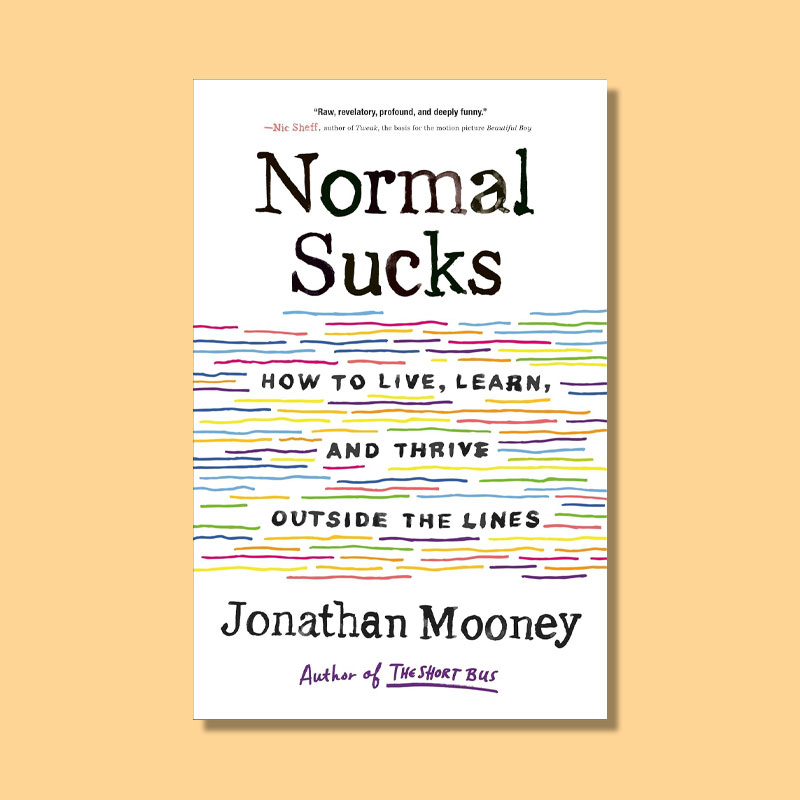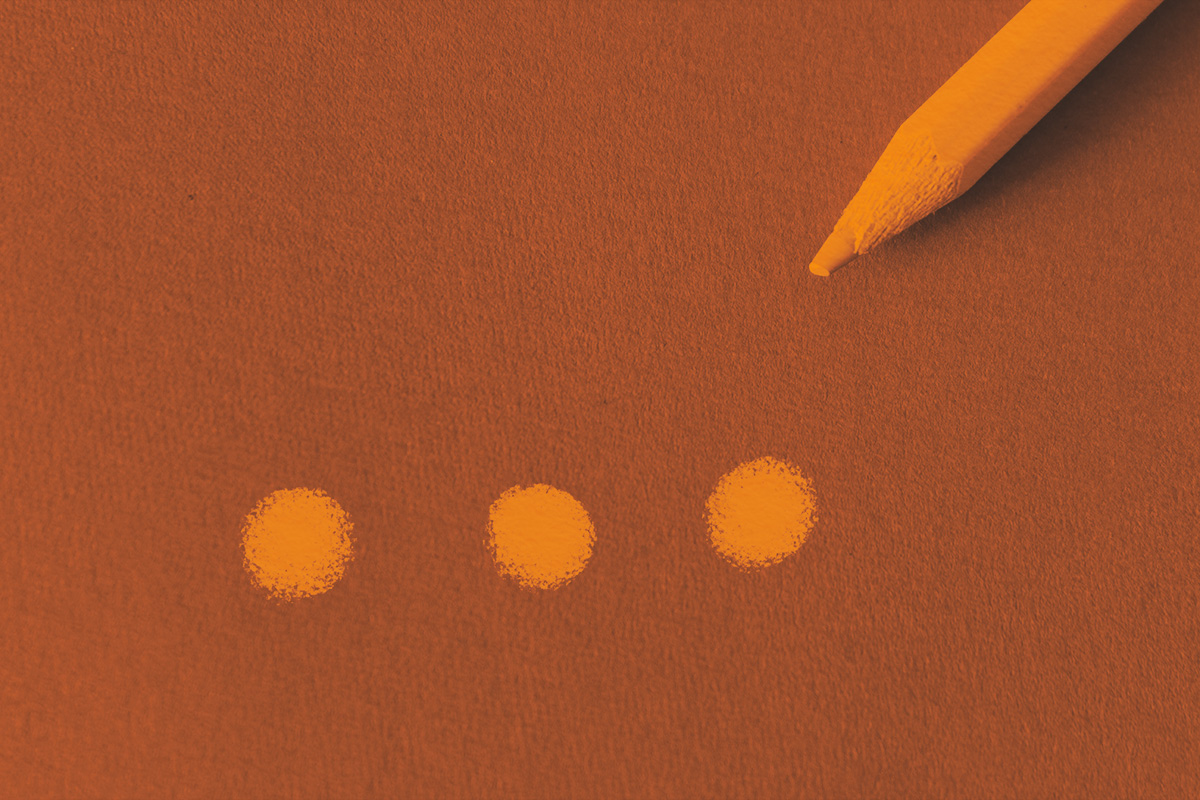Why do we say "pull out all the stops"? | | When we want to communicate that we're giving something our all, we "pull out all the stops." The phrase has a very specific origin in the operation of a musical instrument. | |  | Julia Rittenberg |
|
| |  | | I f you pledge to pull out all the stops during a soccer game, you aim to give the game 100% of your energy and attention. You want to run faster, kick harder, and come out with the win. "Pull out all the stops" is an idiom that means "to make a very great effort to achieve something."
This figurative phrase has a literal origin that comes from the act of playing a musical instrument; the "stops" in the idiom refer to the stops of a pipe organ. The pipe organ dates back as far as the third century BCE, but the design that incorporated stops (rods that intersect with the pipes and are manipulated by knobs) dates to the 15th century, and the design has remained mostly the same since.
Pipe organs are usually played by a single person in front of a keyboard (sometimes multiple), but they can be massive instruments, some with thousands of pipes. The music is produced by air being forced through the pipes, but each pipe can emit only one tone (for example, a C-pitch that sounds like a flute), so a multitude is needed to produce music. The stops are used to change which pipes are in use, and which tones are being played. When an organist literally pulls out all the stops, this means air blasts through every pipe and every tone plays from the organ at full volume. (We're writers and editors, not musicians, so we apologize to any organists among our readers if our explanation is too simplistic.)
The jump from literal to figurative likely came in the 19th century, when English poet Matthew Arnold provided one of the first written examples of "pull out all the stops." Since then, it's been used regularly to indicate expending maximum effort. "Pull out all the stops" appears in articles across the internet recapping reality shows, describing holiday event preparation, and extolling business advertising strategies. As a figure of speech, this one has avoided cliché status, and still "pulls out all the stops." |
| | Continue reading | |  |
|
| | Thanks for supporting our sponsors! They help keep Word Smarts free for everyone. | |
Emoji Decoded | |  | | Writing Hand | | | Meaning: Depicts a right-side hand holding a pen or pencil.
Evolution: The Writing Hand ✍️ refers to writing or journaling, but it can also appear in discussions of signing documents or rambling commentary.
Usage: [Text from a friend:] Lease signed! ✍️🗝️ |
|
 | | Writing Hand | | | Meaning: Depicts a right-side hand holding a pen or pencil.
Evolution: The Writing Hand ✍️ refers to writing or journaling, but it can also appear in discussions of signing documents or rambling commentary.
Usage: [Text from a friend:] Lease signed! ✍️🗝️ |
|
| |
Have you read? | |  | | Normal Sucks | | By Jonathan Mooney | | Normal DOES suck, and Mooney's book gave me some reasons why. This is an inspiring memoir from an author who didn't learn to read until he was 12 (he has dyslexia and ADHD), but went on to attend Brown University and become a celebrated public speaker, entrepreneur, and activist. If Mooney is an example of "not normal," then I'm happy to join him. | | | | Jennifer A. Freeman, Word Smarts Senior Editor | | | | We independently evaluate all recommended products and services. If you click on links we provide, we may receive compensation. |
|
 | | Normal Sucks | | By Jonathan Mooney | | Normal DOES suck, and Mooney's book gave me some reasons why. This is an inspiring memoir from an author who didn't learn to read until he was 12 (he has dyslexia and ADHD), but went on to attend Brown University and become a celebrated public speaker, entrepreneur, and activist. If Mooney is an example of "not normal," then I'm happy to join him. | | | | Jennifer A. Freeman, Word Smarts Senior Editor | | | | We independently evaluate all recommended products and services. If you click on links we provide, we may receive compensation. |
|
| |
You might also like | |  | | | | How Do You Properly Use an Ellipsis? | | Are you a fan of the "dot dot dot" in your typing? The punctuation mark, called an "ellipsis," has some formal rules for its usage that you may not be following. |
| | | |
|

No comments:
Post a Comment